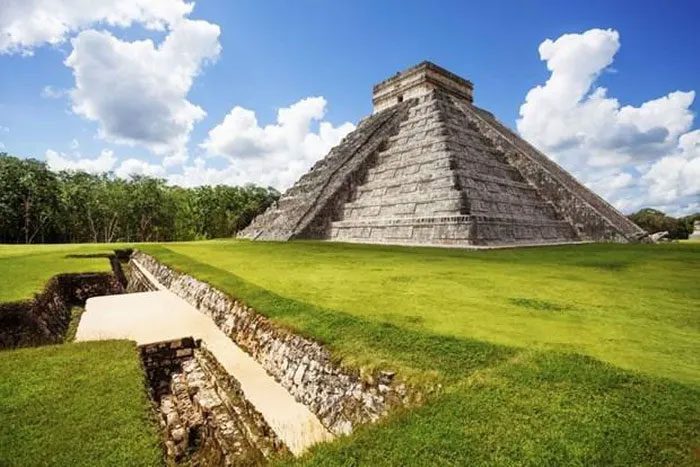Although there is no clear answer regarding the reasons behind the collapse of the Maya civilization, scientists believe that socio-economic upheavals played a significant role.
For many years, the scientific community has sought to explain why the magnificent Maya civilization could fall. The most popular hypothesis suggests that drought was the primary cause, yet a recent study has challenged this notion.

Illustrative image. (Source: Chichenitzatours)
According to reporters in Mexico City, in a publication in the academic journal PNAS, scientists Louis Santiago and Scott Fedick from the University of California, Riverside (UCR), USA, reported that they studied 497 types of native crops that the Maya once utilized.
The results indicated that even under the harshest climatic conditions, 59 of these crops could still survive. In fact, there is no substantial evidence proving that the Maya faced extremely severe droughts.
While there is still no definitive answer to the reasons for the collapse of the Maya civilization, scientists assert that socio-economic upheavals also played a certain role.
However, researchers can confidently state that the overly simplistic explanation attributing agricultural devastation solely to drought is inaccurate.
The study also highlights the importance of diversifying plant types to adapt to drought and climate change.
Scientists believe that even when faced with consecutive droughts, maintaining a diversity of resilient crops would allow humans to adapt and survive, both in ancient times and today.
The Maya were once a great civilization, reaching heights in various fields from architecture, mathematics, astronomy to art. Emerging around 2000 BC, many impressive structures built by the Maya still exist in the forests of southeastern Mexico, Guatemala, Belize, and western Honduras.
During the early Common Era, a multitude of city-states and nations of the Maya were established and flourished diversely. However, these states mysteriously perished one after another and nearly vanished completely by the 10th century.
Only one nation on the Yucatán Peninsula, Mexico, continued to exist until the 16th century before disappearing in the face of the Spanish invasion.
- King cobra preying on a pitch-black creature in the bushes, turns out to be a highly dangerous venomous species
- The dark history of a dam among the top 7 greatest constructions in American history: The price paid is very high
- A herd of cattle leisurely heading to the barn suddenly attacked by a tiger, and the unbelievable outcome!





















































